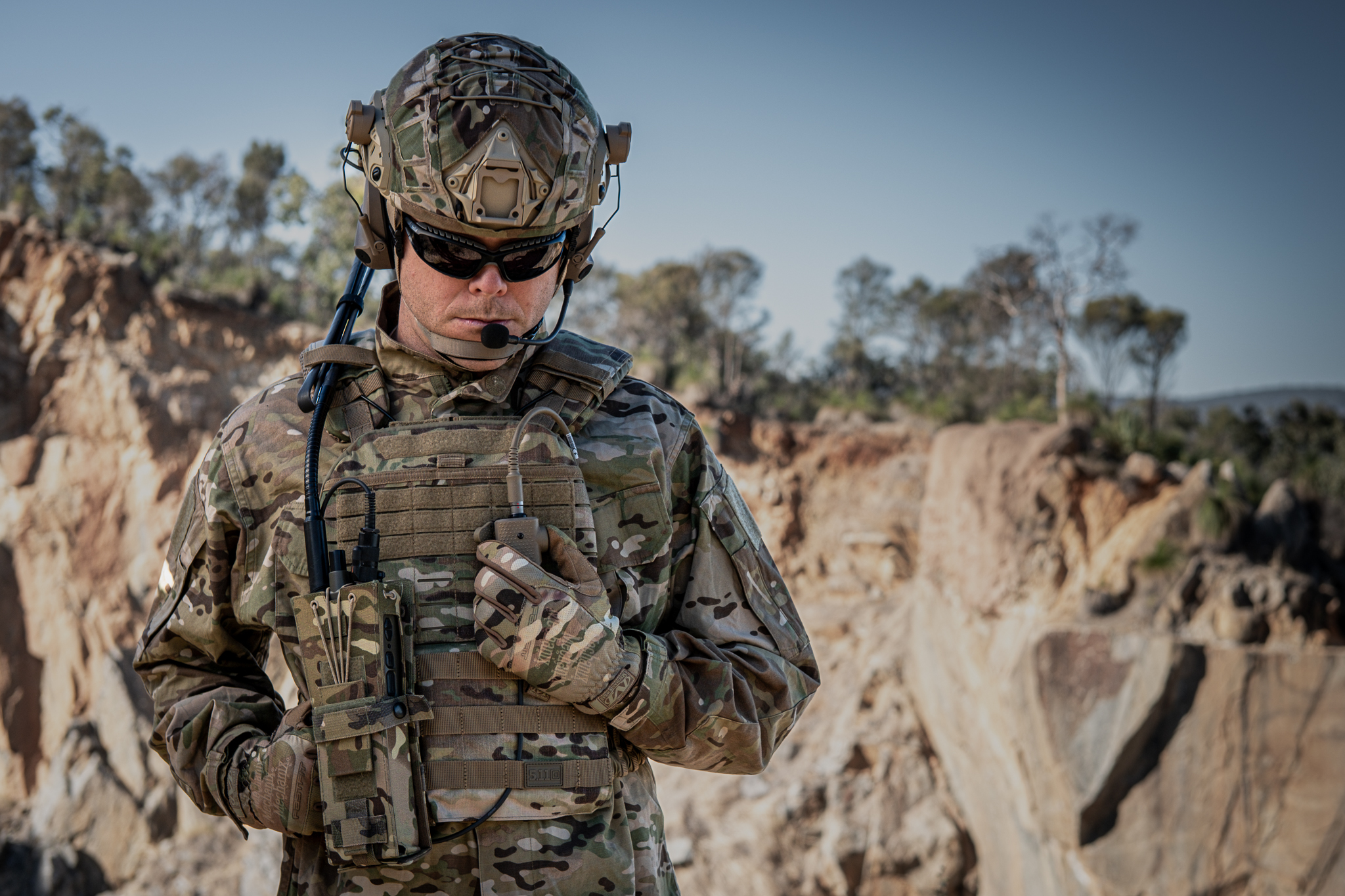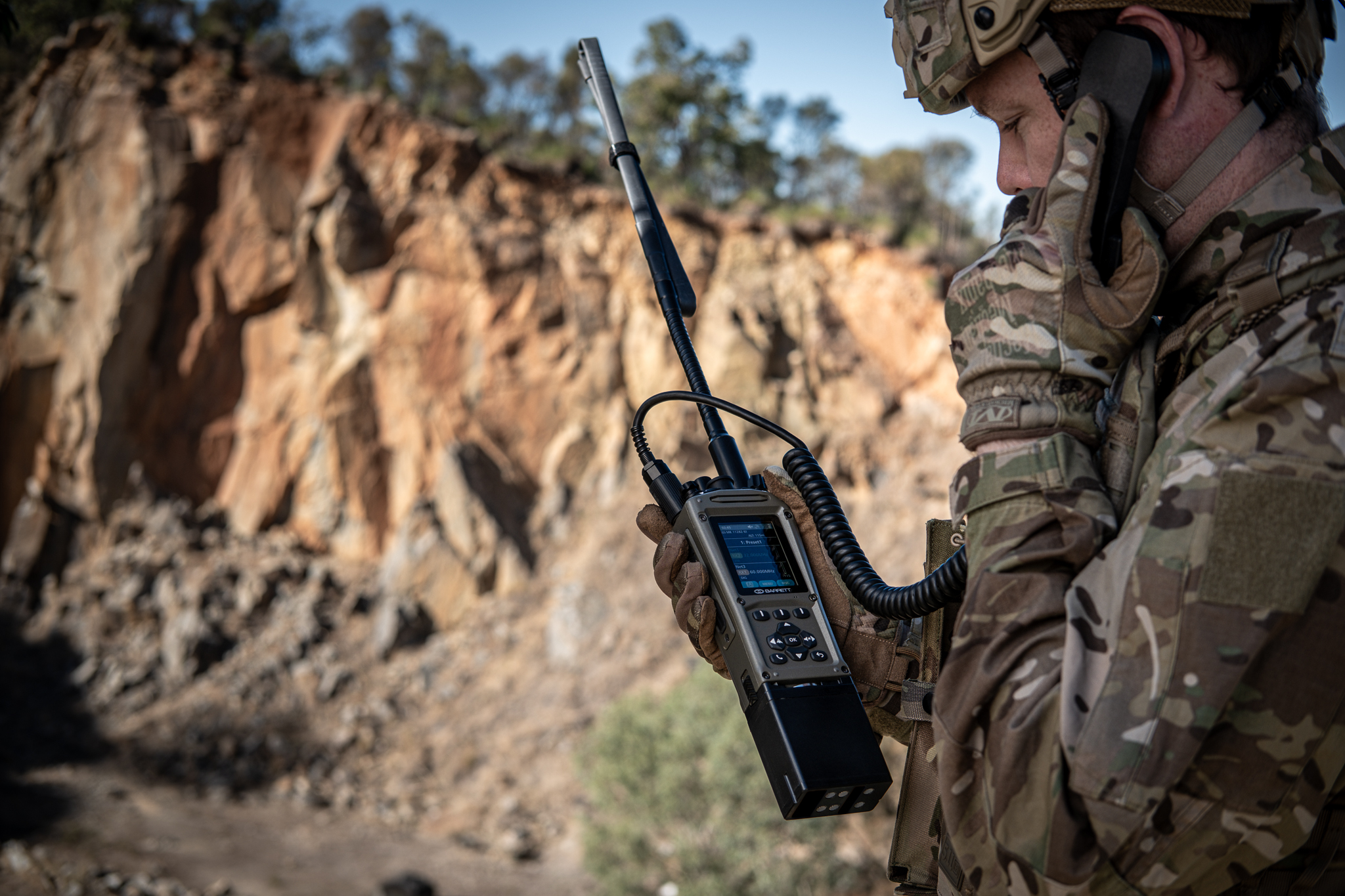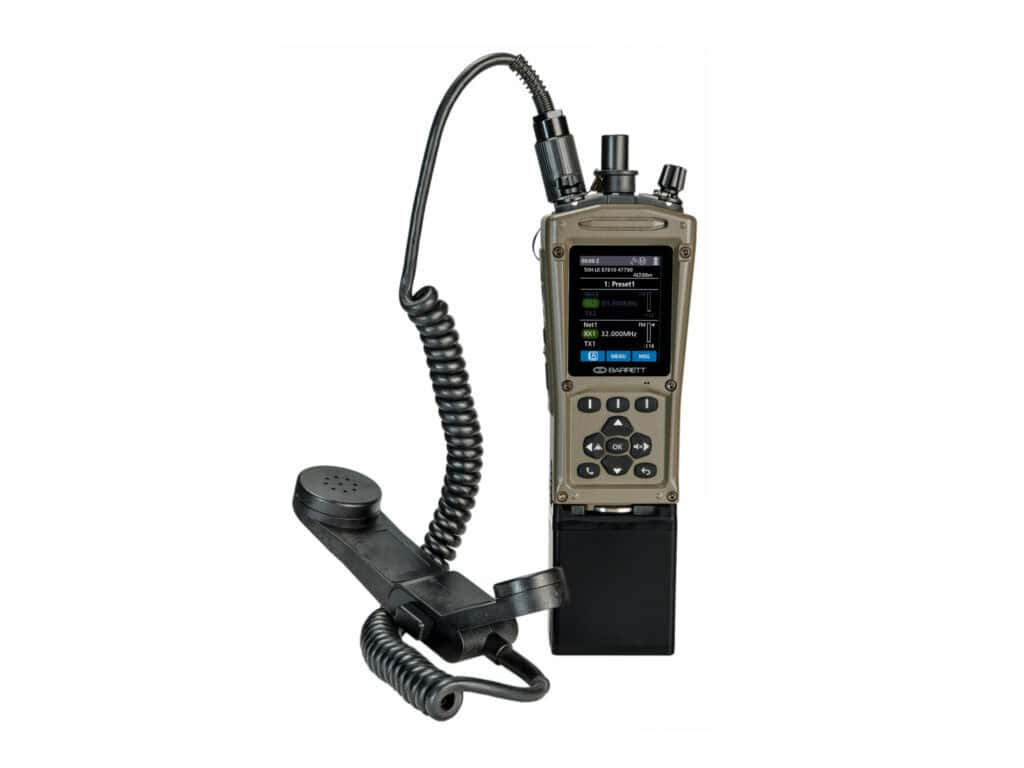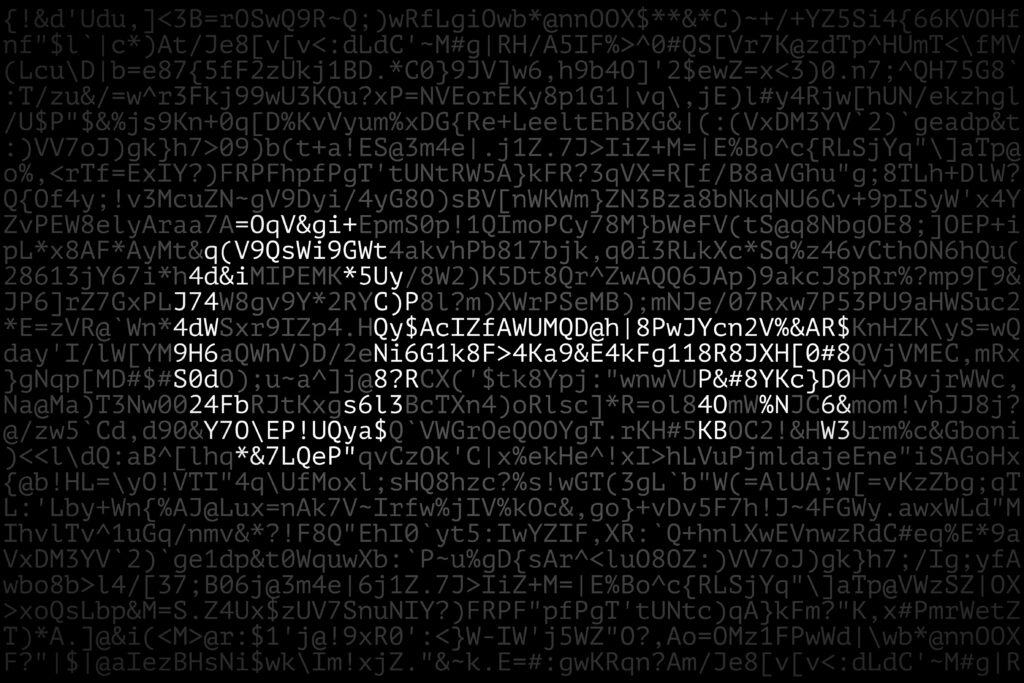Why tactical radios matter in multi-domain operations
Why tactical radios matter in multi-domain operations

Discover how HF and VHF tactical radios keep land, sea, air, and cyber forces connected and resilient in multi-domain operations.
Modern defence operations are no longer confined to a single theater of operations. Today’s missions unfold simultaneously across land, sea, air, space and cyber. This is the essence of Multi-Domain Operations (MDO) — a concept that demands seamless integration across all domains to outpace adversaries and maintain operational dominance.
But integration is only as strong as the communications underpinning it. While satellite systems and space-based networks have grown in prominence, HF (High Frequency) and VHF (Very High Frequency) tactical radios continue to play a critical — yet sometimes underappreciated — role. They’re the connective tissue that keeps defence personnel aligned, especially when space assets are degraded or denied. Let’s unpack how HF and VHF radios are helping modern forces stay connected, resilient and mission-ready across every domain.
The role of tactical radios in MDO
Tactical radios — chiefly HF and VHF systems — are designed to provide resilient, field-ready communication under pressure. Each plays a distinct role: VHF radios excel at short-range, line-of-sight (LOS) communications, while HF radios enable long distance beyond-line-of-sight (BLOS) links without the need for satellites or infrastructure.
While satellites offer global coverage, they come with vulnerabilities: latency, jamming risks and dependence on uncontested space access. Radios, on the other hand, deliver immediacy, autonomy, broadcast PTT and rugged dependability.
This is why HF and VHF remain crucial within the military’s PACE communications model and can serve as the Primary, Alternate, Contingency and Emergency layers. When the digital sky darkens, tactical radios stay online..
How HF radios support forces across domains
HF radios provide critical BLOS connectivity — even in terrain that satellites can’t reach or where they’re actively being denied. From icy mountain ranges to wide ocean expanses, HF proves its worth again and again.
What’s more, geopolitical tensions and the rise of anti-satellite weapons have brought HF back into the spotlight. Actors like Russia and China are actively developing electronic warfare (EW) and counter-space capabilities, which increases the urgency for alternate comms paths.
In response, HF technology has evolved to meet today’s demands. Modern systems now offer:
- Wideband HF for faster, more reliable data
- Troposcatter to extend BLOS range and resilience
- Secure satellite-free operation that withstands jamming and denial
- Advances Enabled by Automatic Link Establishment (ALE)
These upgrades make HF radios a dependable option across land, sea and air, especially when SATCOM is degraded or unavailable.
How VHF radios enable tactical advantage
VHF radios shine in high-tempo, close-range environments. Think of fast-moving maneuver units coordinating in operations, or air assets syncing with ground forces. That’s VHF territory.
Used by infantry, armored units, ships and aircraft, VHF enables real-time, line-of-sight coordination — simple, direct and reliable. It’s the bread-and-butter of defence comms.
Recent advancements have also blurred traditional boundaries. The integration of Link 16 into VHF/UHF gateway systems means even ground units can plug into joint data networks previously reserved for air defence or airborne command. In short, VHF radios aren’t just tactical, but they’re increasingly strategic connectors in joint operations.
Tactical radios as enablers of joint and combined operations
Tactical radios are about connectivity across the battle space. As the military builds out CJADC2 — its combined joint all-domain command and control framework — radios are stepping up as key enablers.
Their interoperability with NATO allies, Five Eyes partners and coalition forces makes them a powerful tool for coalition-based defence broadly, not just U.S. operations. Whether coordinating joint drills or enabling sensor-to-operator decision loops, HF and VHF radios are the glue across domains — and borders.
Why Barrett’s tactical radios still lead the charge
Despite the rapid evolution of space-based networks, HF and VHF tactical radios remain mission-critical. They operate independently, under pressure and in the shadow of denied environments — conditions where other systems often fall short.
In a world where military dominance hinges on seamless connectivity, these radios offer the kind of resilience, adaptability and operational trustworthiness that no constellation of satellites can yet fully replace. When it counts most, they deliver.
Looking to strengthen your force’s communication capability?
Get in touch with Barrett Communications to learn how our advanced HF and VHF solutions can help you stay connected in any domain, under any condition.







